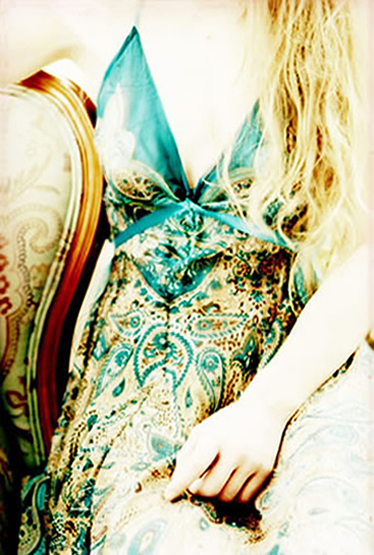

In her marvelous book Photography Today, Susan Bright states emphatically: “photography has contributed to shape art at the end of the 20th century: in the 21st century, it has begun to dominate it”. The echo, very well emphasized by Bright, that numerous photographers have come to be considered “contemporary masters” and their works broadly shown by galleries and museums of great prestige, is undoubtedly evidence of the point of inflection in which photography has gotten into. Naturally, this has to do some, and a lot, with the enormous versatility of the photographical means; the ease with which it makes its way through different courses, its indisputable success as means of representation, fixation and expression of the multiple realities that surround us. The growing ease of access to the means, the capacity of reinvention it shows, the constant opportunity it offers to non professionals to rise as praiseworthy contemporaries, are elements that give rise to distrust and suspicion in some and generate devotion and enormous magnetism in many. I don’t know if it’s convenient to draw an analogy between what happens with classical and popular music on one side and with traditional visual arts (painting, sculpture) and photography on the other. Once the barrier of having to read a score is surpassed, contemporary popular music, |
from jazz or flamenco to the more spontaneous musical movements and of less interest and trajectory, from experimental music to music of more traditional roots, has created its own musical universe, generally and excepting occasional mutual intrusions, sufficiently differentiated from classical music (and therefore both essentially liberated from fratricidal competitions). Thus, photography is that means of popular artistic expression in which technique isn’t necessarily indispensable, in which artistic impulse can be expressed with more spontaneity, in which the experimental and conventional coexist, in which everything and everyone has a place. |